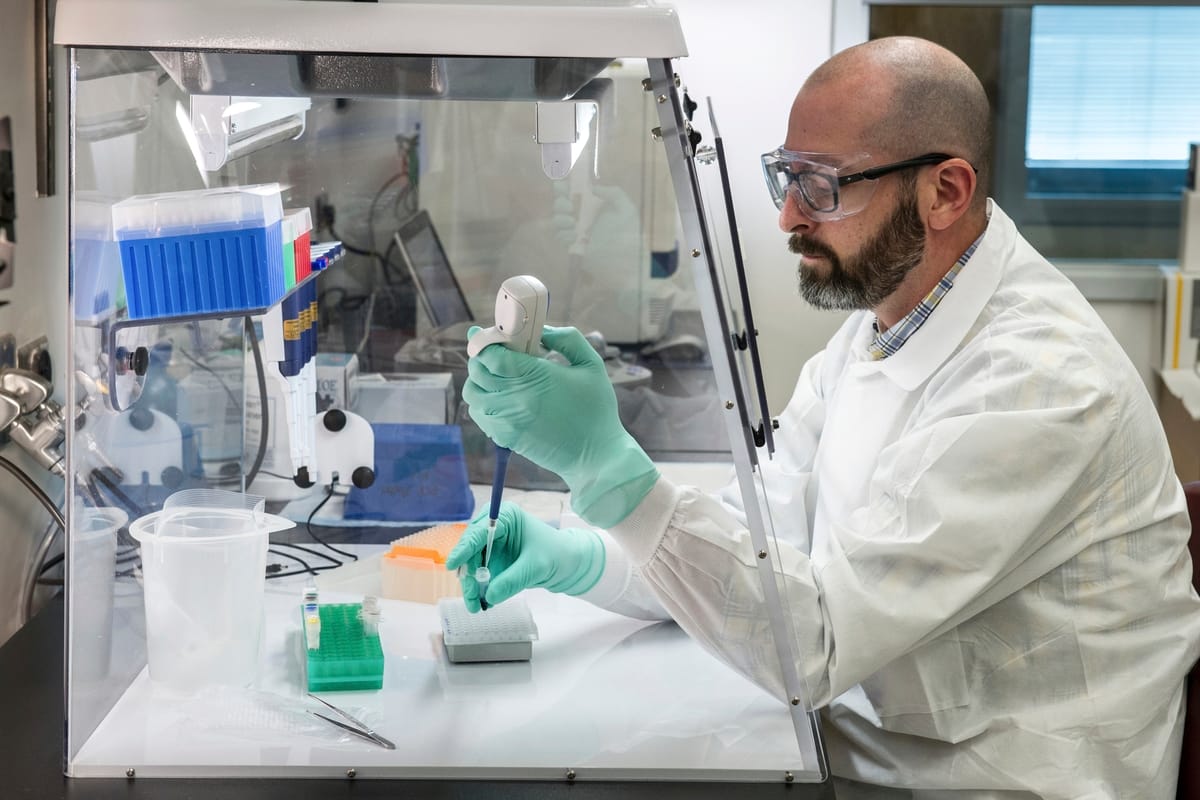
Handling hazardous drugs like chemotherapy agents 1 requires strict adherence to safety protocols. Personal Protective Equipment (PPE) serves as a critical barrier to minimize exposure to these toxic substances. Understanding the PPE requirements and their importance ensures a safer working environment for healthcare professionals.
During chemotherapy compounding, PPE such as gloves, gowns, and respiratory protection is mandatory to safeguard workers from hazardous drug exposure. OSHA and NIOSH guidelines emphasize the need for double-gloving, impermeable gowns, and other protective measures to prevent spills, splashes, and inhalation risks.
To explore this topic, we’ll delve into regulatory requirements, PPE’s protective mechanisms, risks of non-compliance, and guidelines for selecting suitable protective gowns.
What are the OSHA requirements for PPE in chemotherapy compounding?
OSHA2 sets strict guidelines for handling hazardous drugs to ensure worker safety, with PPE playing a central role in reducing exposure risks.
OSHA mandates the use of PPE like gloves, gowns, and respiratory protection during chemotherapy compounding, as outlined in the Hazard Communication Standard and NIOSH recommendations.
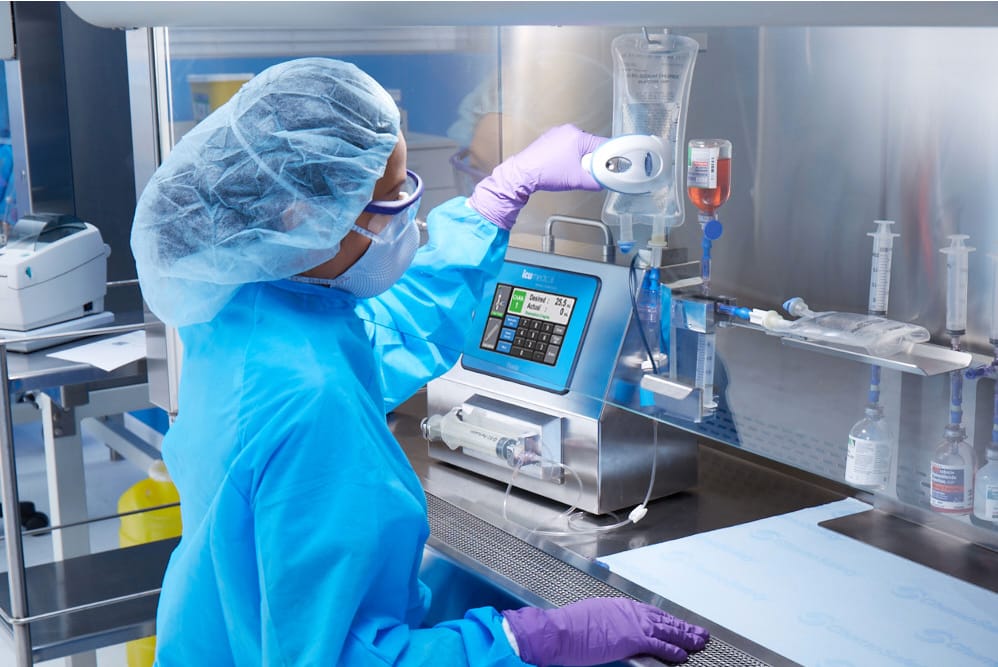
The Occupational Safety and Health Administration (OSHA), in collaboration with NIOSH (National Institute for Occupational Safety and Health), provides clear PPE guidelines for handling hazardous drugs. These include:
- Double-Gloving: Chemotherapy-rated gloves should meet ASTM D6978 standards and be replaced every 30 minutes or after contamination.
- Protective Gowns: Gowns must be disposable, made of polyethylene-coated material, and free of seams in critical areas.
- Respiratory Protection: A fit-tested N95 respirator or powered air-purifying respirator (PAPR) is recommended during tasks involving potential aerosol generation.
- Eye and Face Protection: Use goggles and face shields when there’s a risk of splashes.
Employers are also required to train employees on proper PPE use, storage, and disposal to maintain a safe compounding environment.
How does PPE protect against chemotherapy drug spills or splashes?
PPE acts as a barrier, shielding healthcare workers from direct contact with hazardous drugs during spills, splashes, or aerosolization.
By using impermeable materials and providing full coverage, PPE minimizes skin, eye, and respiratory exposure to chemotherapy drugs, reducing acute and long-term health risks.
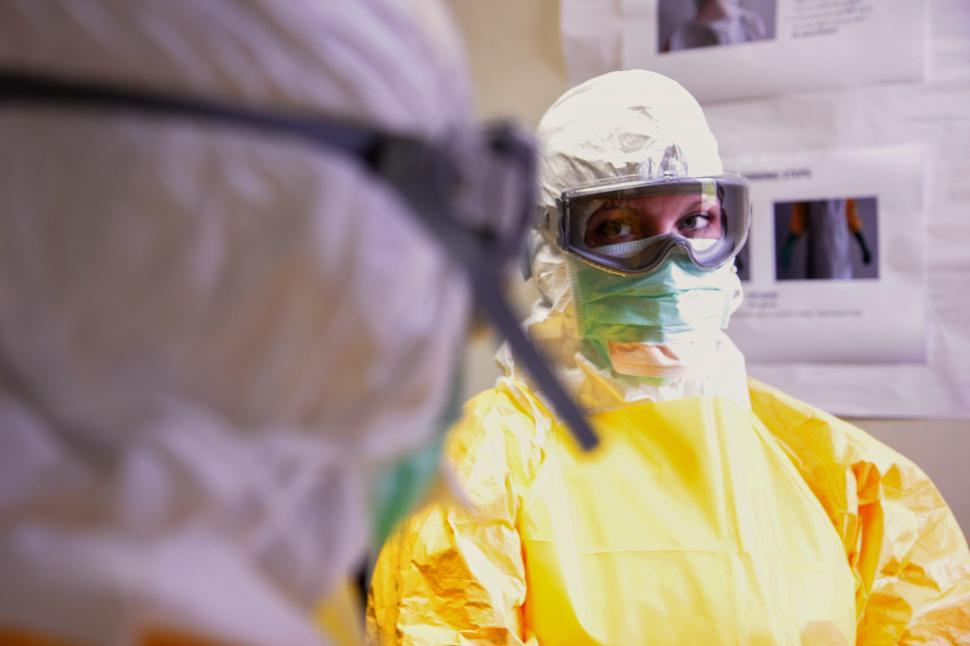
Chemotherapy agents3 are toxic and can cause serious health effects upon exposure. PPE protects workers through the following mechanisms:
- Gloves: Create a chemical-resistant barrier to prevent dermal absorption of hazardous drugs.
- Gowns: Impermeable materials prevent liquid penetration, shielding the torso and limbs from spills.
- Respiratory Protection: Filters out airborne particles and vapors, preventing inhalation of hazardous aerosols.
- Eye Protection4: Shields eyes from accidental splashes, which could cause irritation or damage.
In high-risk tasks like reconstituting chemotherapy drugs or cleaning up spills, PPE is the first line of defense, reducing the likelihood of contamination or adverse health outcomes.
What are the consequences of not wearing proper PPE during chemotherapy compounding?
Failure to wear PPE can lead to immediate and long-term health risks for workers, contamination of the environment, and regulatory penalties for employers.
Not wearing PPE during chemotherapy compounding increases the risk of exposure to hazardous drugs, resulting in health issues like skin rashes, reproductive harm, or cancer, as well as legal and financial repercussions.
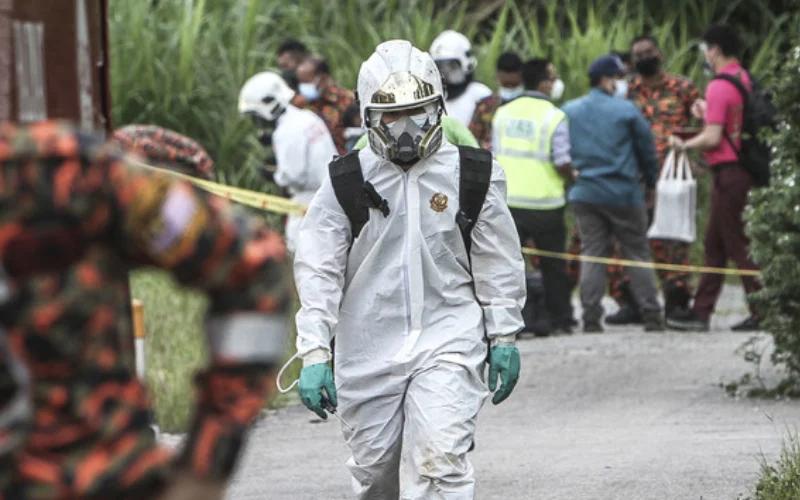
The risks of inadequate PPE during chemotherapy compounding include:
- Health Hazards: Direct exposure to hazardous drugs can lead to:
- Skin irritation or chemical burns
- Reproductive harm or teratogenic effects
- Increased cancer risk due to mutagenic properties
- Workplace Contamination: Without proper PPE, workers can transfer hazardous substances to shared surfaces, leading to secondary exposure.
- Regulatory Violations: Non-compliance with OSHA and NIOSH standards can result in citations, fines, and reputational damage.
- Legal Liability: Employers may face lawsuits from affected employees due to negligence in providing adequate protective measures.
Wearing appropriate PPE not only protects individual workers but also ensures a safer work environment and compliance with safety standards.
What are the guidelines for selecting protective gowns during chemotherapy compounding?
Protective gowns are a key component of PPE for chemotherapy compounding, and selecting the right type is critical for effective protection.
Protective gowns for chemotherapy compounding must be disposable, impermeable, and free of seams in vulnerable areas to prevent liquid penetration.
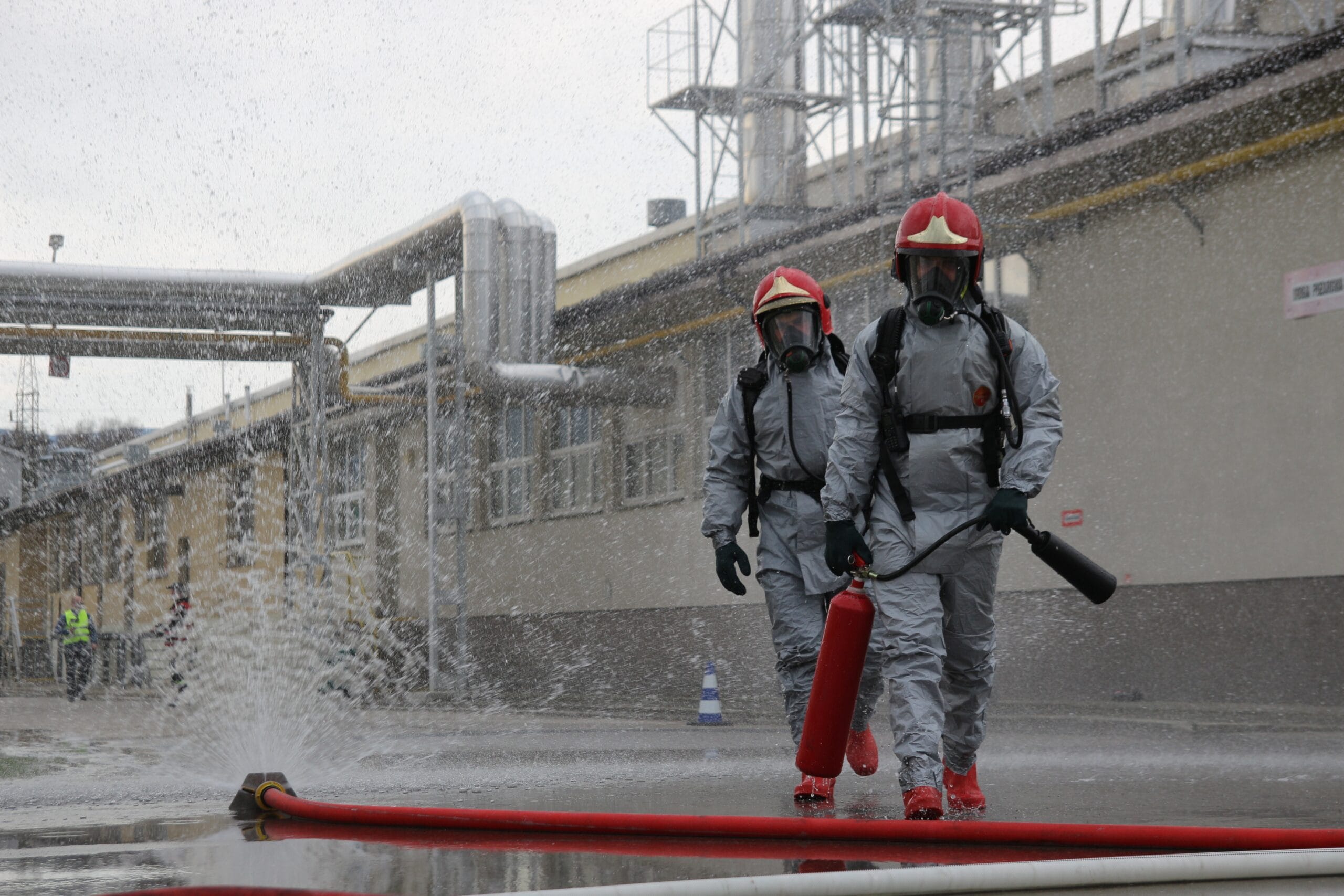
The NIOSH Alert on Hazardous Drugs provides detailed recommendations for selecting chemotherapy compounding gowns:
- Material: Choose gowns made from polyethylene-coated or laminated materials, which offer high resistance to liquid penetration.
- Design: Gowns should be long-sleeved, close-fitting at the cuffs (elastic or knitted), and long enough to cover the body fully.
- Closure System: Back-closing gowns minimize contamination risks compared to front-closing designs.
- Disposability: Use single-use gowns and discard them immediately after contamination or a single use to avoid cross-contamination.
- Testing Standards: Ensure gowns comply with ASTM F739 and ASTM D6978 for chemical resistance.
Following these guidelines ensures optimal protection and compliance with regulatory requirements.
Conclusion
PPE is indispensable during chemotherapy compounding, safeguarding workers from hazardous drug exposure. OSHA and NIOSH guidelines provide a clear framework for selecting and using gloves, gowns, and respiratory protection. By understanding the protective mechanisms of PPE, the risks of non-compliance, and the importance of proper gown selection, healthcare facilities can create a safer environment for their employees while meeting regulatory standards.
-
This will provide you with specific information about the risks and proper handling procedures for chemotherapy agents to ensure worker and patient safety. ↩
-
Accessing detailed information about OSHA’s role and regulations is essential for understanding how to protect workers from the risks associated with hazardous drugs. ↩
-
This will provide essential knowledge about the dangers of exposure to chemotherapy agents and appropriate precautions to protect workers. ↩
-
Identifying the right eye protection is crucial to prevent exposure to hazardous drug splashes or aerosols. ↩
Zion Zhang
Recent Posts
 Fatigue-Monitoring Smart Vests2025年12月23日Data-Driven Fatigue Prevention for Food Processing and Cold […]
Fatigue-Monitoring Smart Vests2025年12月23日Data-Driven Fatigue Prevention for Food Processing and Cold […]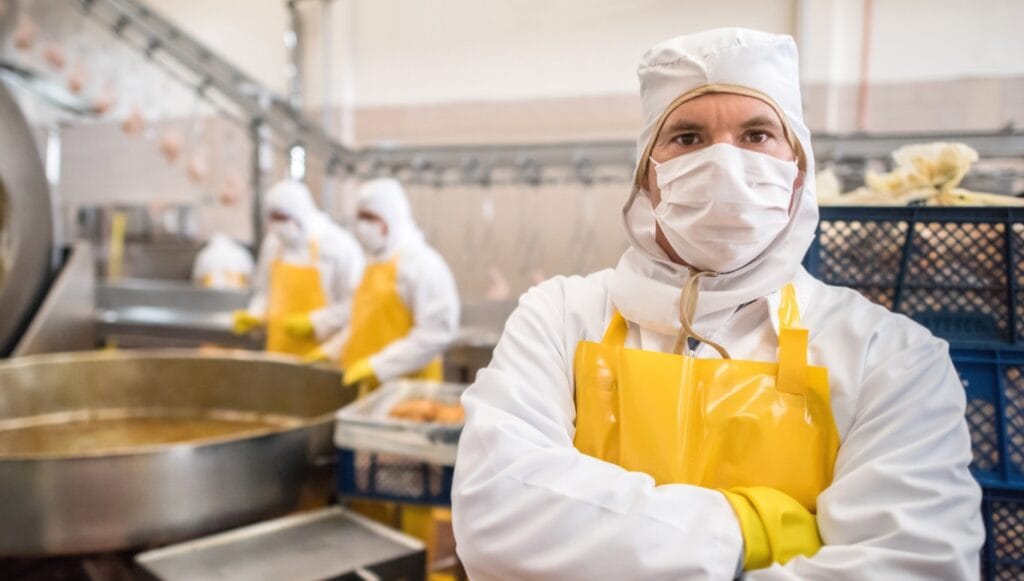 100-Wash Antimicrobial Durability: Long-Lasting Hygiene Protection for Food and Healthcare Industries2025年12月20日Food processing plants and healthcare facilities are […]
100-Wash Antimicrobial Durability: Long-Lasting Hygiene Protection for Food and Healthcare Industries2025年12月20日Food processing plants and healthcare facilities are […] Future Reflective Materials: Adaptive Visibility for High-Mobility and High-Risk Work Environments2025年12月19日Modern industrial workplaces are evolving rapidly. […]
Future Reflective Materials: Adaptive Visibility for High-Mobility and High-Risk Work Environments2025年12月19日Modern industrial workplaces are evolving rapidly. […] Next-Gen FR Fabrics: Lighter, Softer, and More Durable Flame-Resistant Workwear for Long Shifts2025年12月18日For decades, flame-resistant (FR) workwear has been […]
Next-Gen FR Fabrics: Lighter, Softer, and More Durable Flame-Resistant Workwear for Long Shifts2025年12月18日For decades, flame-resistant (FR) workwear has been […]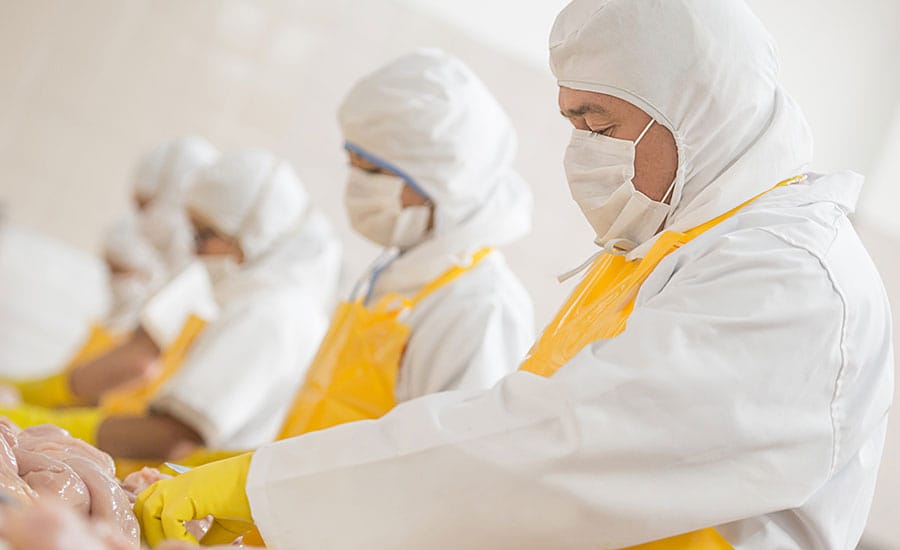 Nano-Coatings Reduce Washing Frequency: Smarter Workwear for Cleaner, More Efficient Operations2025年12月17日Industrial workwear is no longer evaluated solely on […]
Nano-Coatings Reduce Washing Frequency: Smarter Workwear for Cleaner, More Efficient Operations2025年12月17日Industrial workwear is no longer evaluated solely on […] Self-Healing Fabrics: The Future of Durable Protective Workwear in Extreme Industries2025年12月16日Self-healing fabrics represent one of the most […]
Self-Healing Fabrics: The Future of Durable Protective Workwear in Extreme Industries2025年12月16日Self-healing fabrics represent one of the most […]
CONTACT US
- Feel free to contact us any time. We will get back to you as soon as we can!
- +86-17330061805
